The Emergence of Landover Mall (1972 - 1980)
Landover Mall opened its doors to the public on May 11, 1972, marking the beginning of what would become a central shopping destination in Landover, Maryland.
Developed by Lerner Enterprises, the mall quickly gained attention as one of the largest shopping centers in the region. At the time, it was known for having four major department store anchors, a rarity for malls in the Washington D.C. metro area.
Sears, Garfinckel's, Hecht's, and Woodward & Lothrop (often called Woodies) were among the leading stores that drew large crowds to the mall.
At over 1.3 million square feet of retail space, Landover Mall featured two floors of shopping.
It became a retail hub, offering a wide variety of stores that catered to a growing suburban population.
The mall's strategic location - right off MD 202 and within reach of Interstates 95 and 495 - made it easily accessible.
The mall's design included unique architectural elements that enhanced the shopping experience.
Shoppers were greeted by fountains throughout the building, including a prominent water display in the center court.
This fountain, a major feature of the mall, had programmable nozzles that could shoot water up to 30 feet in the air - offering both entertainment and an air of sophistication.
The mall's layout and design reflected the optimism of the time, as developers anticipated a bright future for suburban shopping in Prince George's County.
The Decline Begins (1980 - 1995)
By the early 1980s, Landover Mall began facing tough competition from newer shopping centers.
Fair Oaks Mall opened in 1980, offering a fresh retail experience that drew shoppers away from Landover.
White Flint Mall, which opened in 1977, also captured a share of the local market, pushing Landover Mall further into a period of decline.
While it remained a convenient location for locals, the new developments attracted those seeking updated stores and amenities.
At the same time, Landover Mall began to suffer from the growing perception of crime in the surrounding neighborhoods, including Palmer Park and Seat Pleasant.
While some concerns were based on actual incidents, many were exaggerated, but the damage to the mall's reputation was done.
Fewer families felt comfortable shopping there, and this steady drop in foot traffic directly impacted the businesses inside.
Another blow was the decline of the mall's anchor stores.
Garfinckel's, one of the original anchors, filed for bankruptcy in 1990 and permanently closed its doors.
This left a major hole in the retail landscape of Landover Mall, and the vacant space remained unfilled.
The six-screen movie theater, once a popular entertainment destination, also shut down in 1991, marking another loss for the mall.
With fewer reasons to visit, shoppers began turning their attention to newer retail centers, leaving Landover Mall increasingly empty.
The Final Years and Closure (1996 - 2002)
The late 1990s brought even more closures to Landover Mall.
After years of declining sales, Woodward & Lothrop shut down in 1995.
JCPenney moved into the vacant space, but the store struggled to attract enough customers to justify its presence.
In 1998, JCPenney converted the store into an outlet, hoping to draw in bargain shoppers.
Unfortunately, the outlet model didn't work either, and by early 2001, JCPenney closed for good, leaving yet another major space vacant.
In early 2002, Hecht's, another longtime anchor, followed suit and closed its doors after opening a new store in the nearby Bowie Town Center.
The closure of Hecht's was the final nail in the coffin for Landover Mall.
With no major anchor stores left and only a handful of smaller retailers still operating, Lerner Enterprises decided to shutter the mall completely.
The closure officially took place on May 19, 2002, though Sears remained open because it owned the land beneath its store.
The rest of the mall was sealed off, marking the end of its 30-year run.
After the mall's closure, Sears continued operating as a standalone store, though it was physically separated from the rest of the complex.
Demolition and Aftermath (2006 - 2014)
In 2006, after a few years of decline and an empty, abandoned structure, Landover Mall finally began to be demolished.
The entire mall complex was dismantled in stages. By early 2007, only the Sears store remained standing.
The rest of the mall's debris was recycled, leaving a vast open space where the shopping center once stood.
Even though the demolition cleared the land, no immediate plans for redevelopment materialized.
The land sat fenced off, with cement barriers preventing access to the empty lot.
There were a few rumors of potential commercial projects, but none of them gained traction.
Lerner Enterprises, the property owners, maintained the site but struggled to secure large-scale developments that could revitalize the area.
Real estate developers expressed interest, but the political and economic landscape made large investments risky.
Sears continued to operate as the lone retail presence on the site for several more years.
However, in January 2014, Sears announced it would not renew its lease with Lerner Enterprises.
By March of that year, Sears closed its doors for the final time, marking the end of any retail activity on the once-bustling property.
With the last major tenant gone, Landover Mall's site stood completely vacant, awaiting its next chapter.
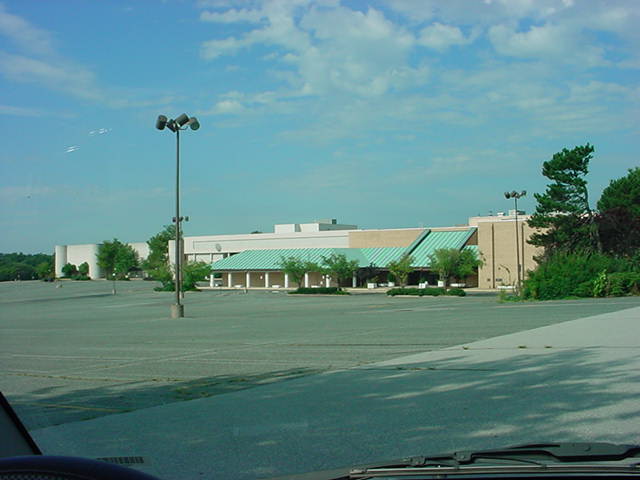
Present and Future Considerations (2015 - 2024)
In 2014, the Federal Bureau of Investigation (FBI) considered relocating its headquarters to the 88-acre property.
This sparked renewed interest in the area, as such a project would have been a massive federal investment in Prince George's County.
However, by 2017, the plan faced political roadblocks, and progress stalled.
The FBI ultimately decided to abandon the Landover site, leaving it once again open for other potential uses.
By 2018, Lerner Enterprises put the land up for sale, signaling their intention to offload the property after years of failed attempts to redevelop it.
Though it sat in a prime location near major highways and Northwest Stadium (FedExField), no large-scale buyers emerged.
In 2022, the General Services Administration (GSA) restarted its search for a new location for the FBI headquarters, with Landover Mall once again being one of the final three contenders.
However, by November 2023, the Greenbelt site had been selected instead, ending any hopes for a federal project in Landover.
In March 2024, the Prince George's County Planning Board approved Lerner Enterprises' application to build a sprawling 4 million sq ft data center campus on the property.
This development is part of a broader plan to turn the old mall site into Brightseat Technology Park, a high-tech business hub that will drive economic growth in the region.
The park will feature cutting-edge facilities, spaces for technological businesses, and even areas for community activities, reflecting a shift from retail to a more future-focused industry.
However, not everyone is on board with the transformation.
Local organizations have voiced concerns that the data center project overlooks community needs.
They argue for a mix of residential housing, retail spaces, and public amenities rather than a purely business-centric development.
These concerns highlight ongoing tensions between economic growth and the desire for inclusive community planning.
As of 2024, the land remains undeveloped, though its proximity to Washington D.C. and major transportation routes continues to make it a topic of discussion among developers and local officials.
What happens next with the property is still uncertain, but the conversation around its future continues to evolve.

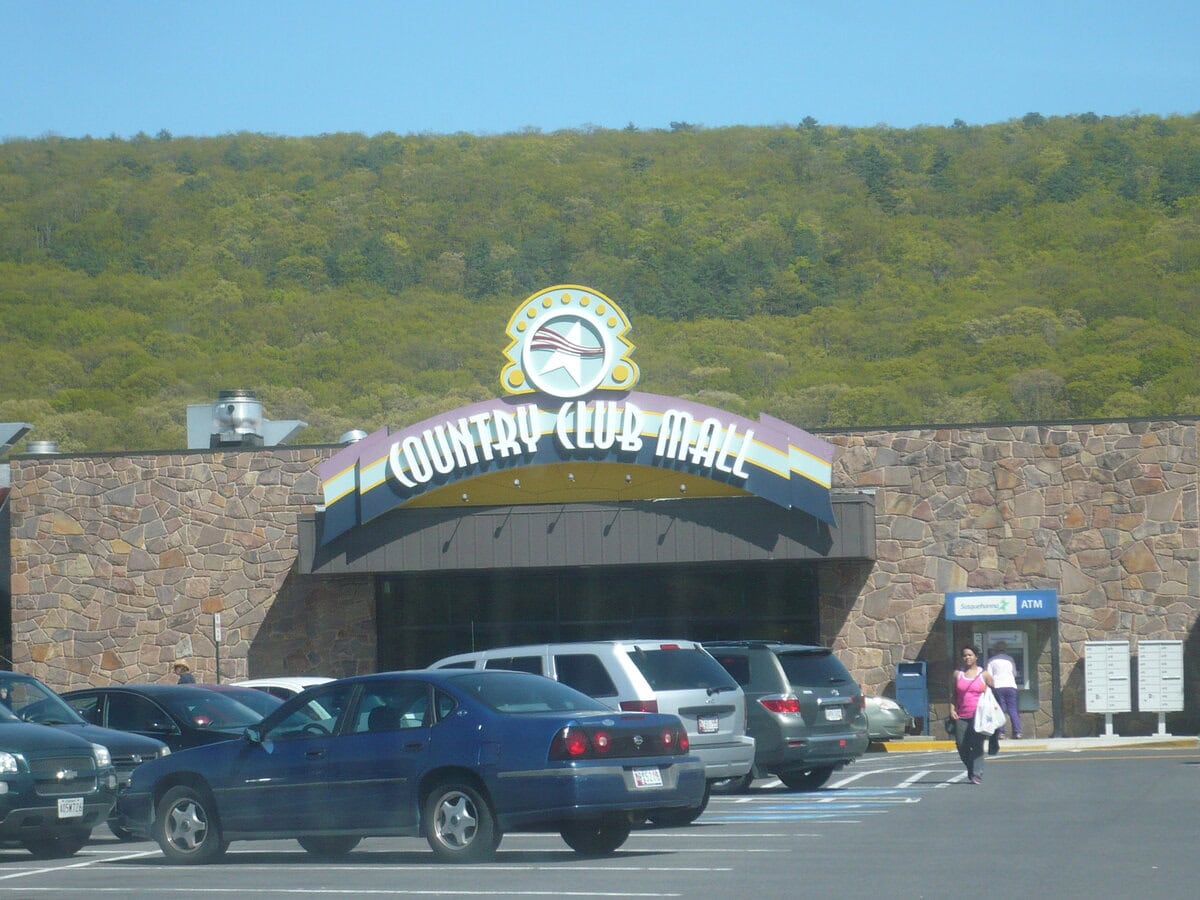
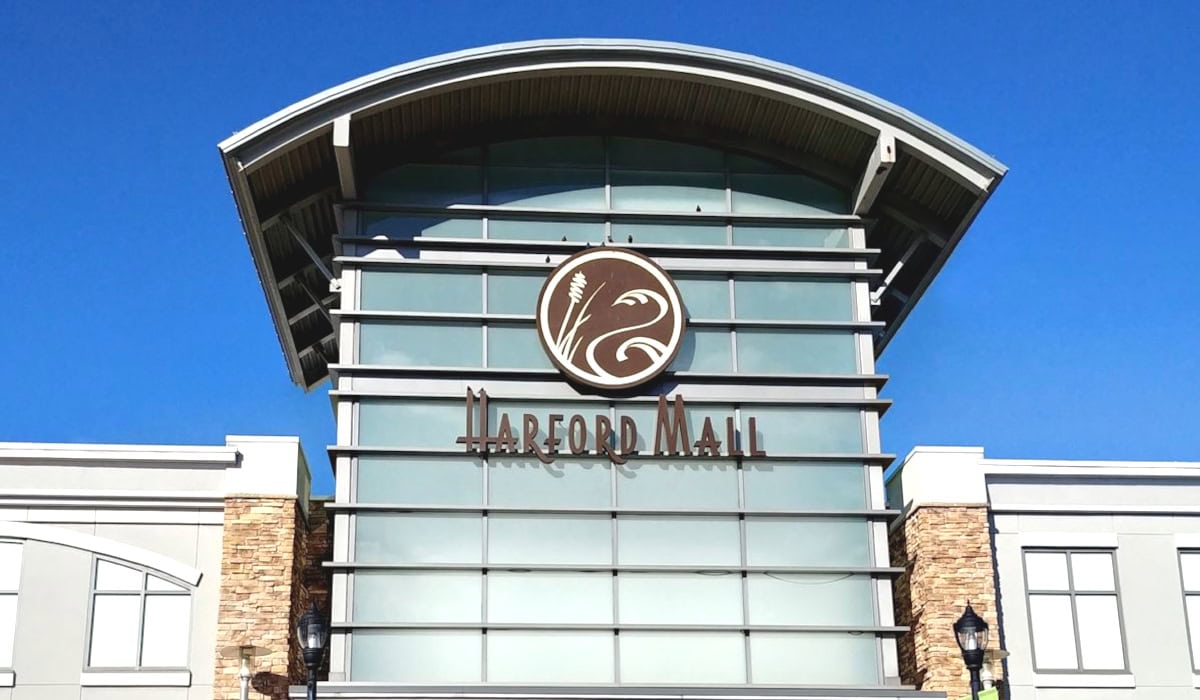
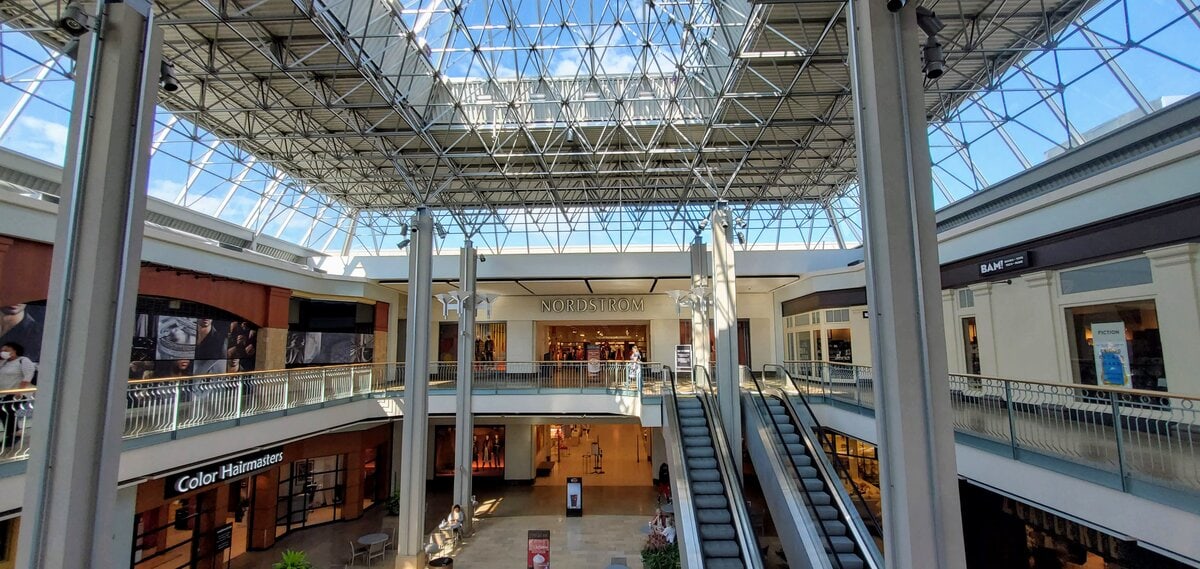
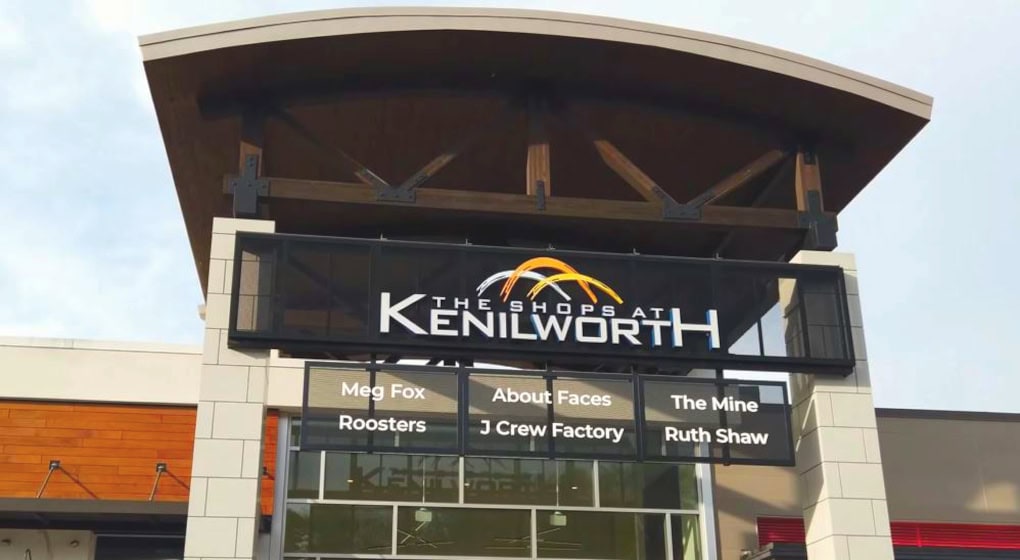
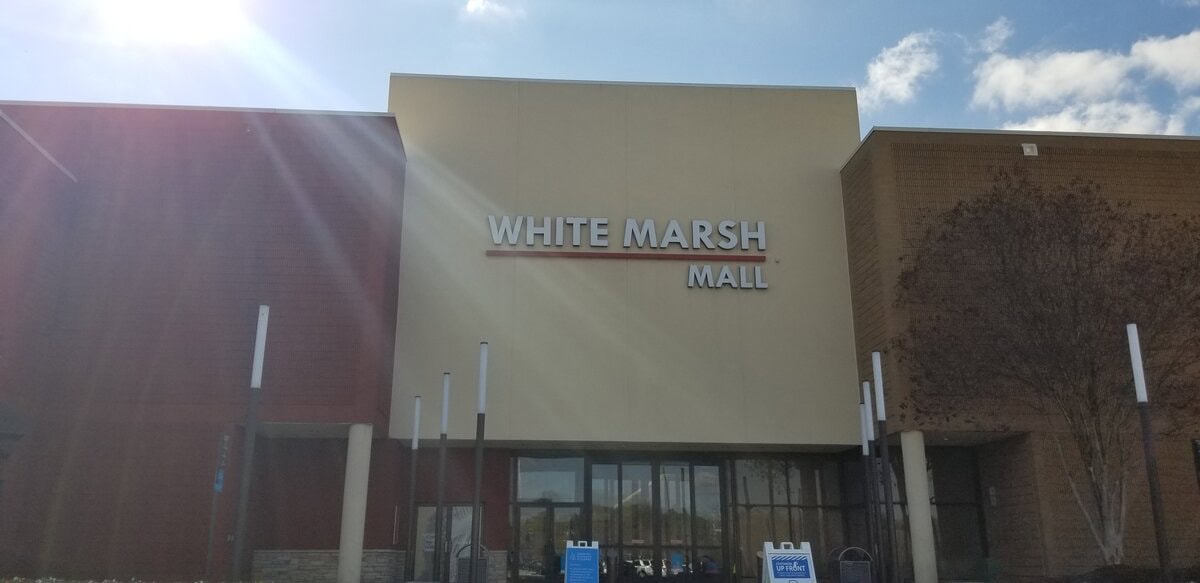
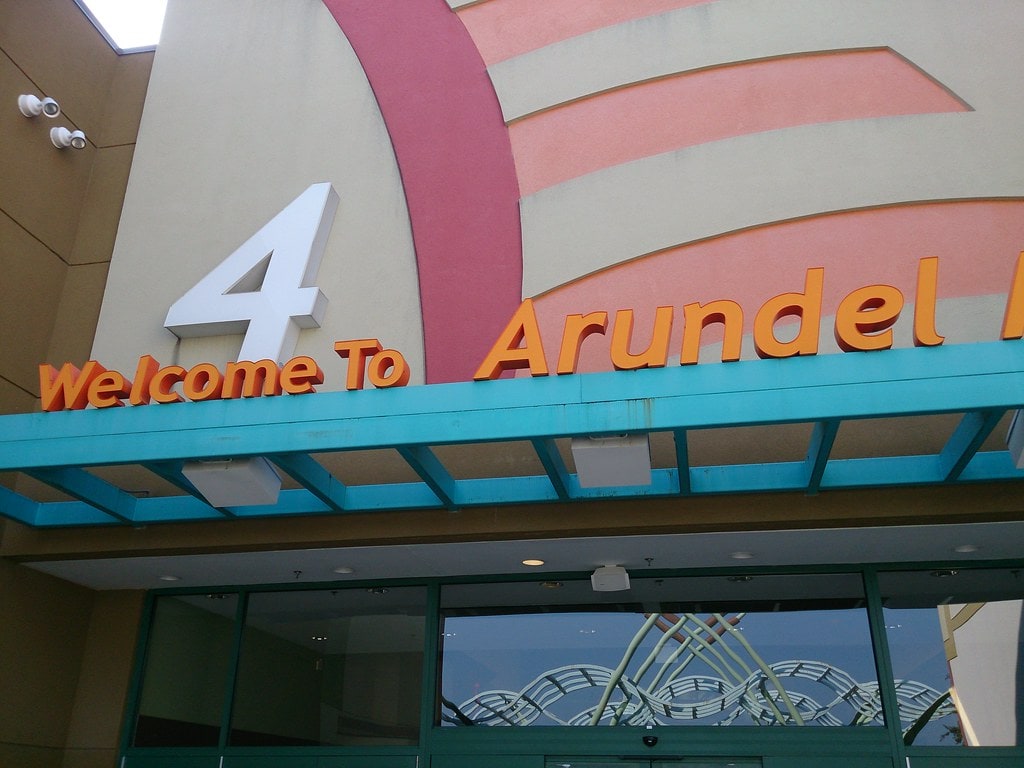


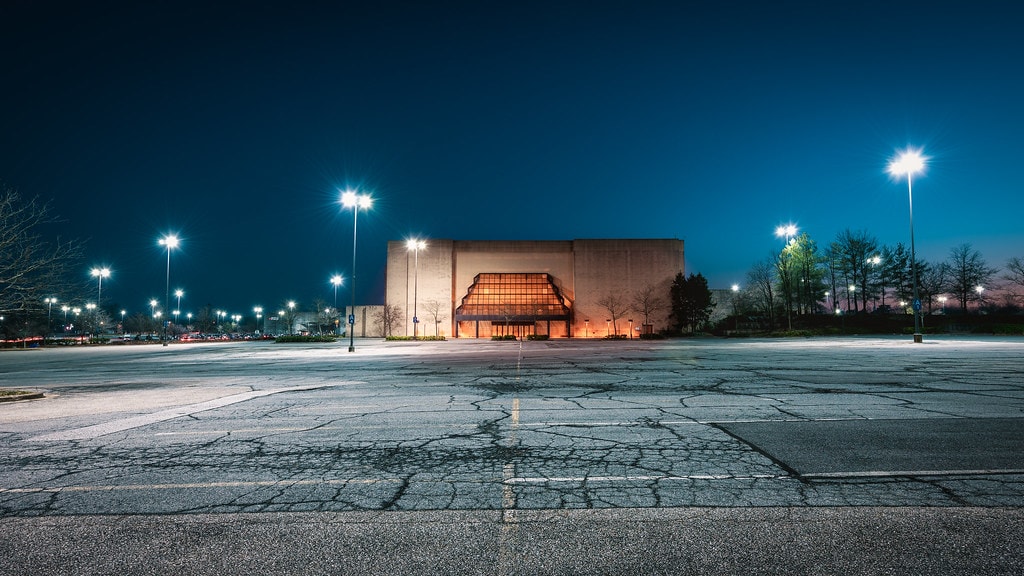
Make all the excuses that you want, but one thing, and one thing only killed Landover Mall - crime. It was practically a war zone where families felt threatened and retailers lost millions due to theft.
You raise a valid point, thank you. Crime did play a role, but I hope the area gets the investment and attention it needs to become more welcoming again.
I absolutely loved The Landover Mall. It was beautiful, friendly, and I felt safe being there for my walks and shopping . I didn’t ever experience all the negative things that was reported was happening. Even the mall has been closed for a long time I still miss it every time I’m in that area . I hope something wonderful is coming to fill that space.
Thank you for your kind words! It’s lovely to hear that you had such positive experiences at Landover Mall. Hopefully, something just as great will come to fill that space.
Spencer - thank you for your excellent overview of Landover Mall. There was no place like it. I used to shop there weekly with my three young daughters and we bought everything we needed for our home and wardrobe from Landover Mall. We were heartbroken as it deteriorated and eventually closed. I’m actually going to print your article and keep it for future reference. Might you by chance have a list of all the stores?
Regarding the pathway to eventual closure of the mall, you did a great job of detailing what happened from a different perspective.
Phyllis, thank you so much for sharing your beautiful memories of Landover Mall. It’s really touching to hear how those weekly shopping trips with your daughters became such a special part of your lives. While I don’t have a list of all the stores, I can understand how revisiting those names would bring even more nostalgia. I hope someone out there has that information for you—it would be amazing to reconnect with the full picture of what Landover Mall once was.
I too remember Landover Mall being a great place to shop. Crime did exist. I worked part time at one of the retail stores and saw first hand stealing sad to say. If you have something that is of value, you should take pride in it or it will not florsh.
Thanks for sharing your experience. It's sad to hear about the crime, but you're right—places need care and attention to last.
Can they focus on a recreational facility or a Gated Senior Living Facility?
I like this suggestion! Creating a space for seniors or recreation would be a great way to use the area. Thanks for sharing.
As a senior resident of the area, who's family was there for its opening in 1972, I remember the glory days with great fondness. At that time, the former Landover Mall was iconic, the mecca of DMV shopping. Nothing else came close. Prior to its doors opening, shopping pedestrian. But, with Landover Mall, you had the advent of the shopping/tourism destination. Shoppers and families - far and wide - from DC, Maryland and Virginia made it a regular adventure due to its broad and inviting selection of retail, dine options, entertainment, beautiful holiday themes, and ahead-of-its-time decor. Over time, it couldn't survive competitive, political, demographic, and social changes. And, not to mention ownership's disregard and disrespect for the center and the area that was once the pinnacle of its portfolio). Often overlooked, it was the DMV's first elite of shopping centers.
Thanks for sharing your story! It’s fascinating to hear about the early days of Landover Mall and its impact on the community.
The mall was no more crime ridden than any other mall some people just didn’t want to shop there and made disparaging comments about it.
Sometimes, rumors or negative opinions can overshadow what a place really had to offer. Thanks for sharing your thoughts.
I just happened upon this article and can't tell how old it is. The press helped with the demise of Landover Mall. Whenever anything happened within the surrounding area, or miles away, Landover Mall was used as a marker. Example: a car was stolen in Bowie, seven miles from Landover Mall, a man was robbed in SE DC, eight miles from Landover Mall, a crash on the beltway happened at Landover Mall Exit 18 .
I and my family loved that Mall and always felt safe there.
Your comment helps capture why so many former shoppers remember the mall fondly. Its actual atmosphere inside often clashed with the stories written about it.